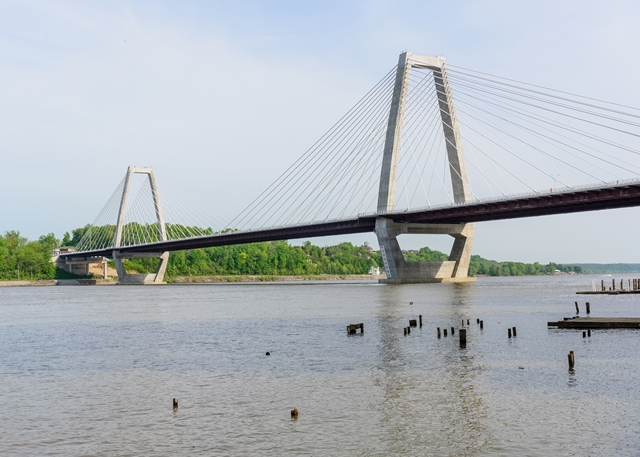Foot Protection
According to the Bureau of Labor, more than 60,000 foot injuries happen at workplaces each year. Foot injuries do not just happen at factories or construction sites, they can happen at any place at any time. Usually, work injuries involve sprained or twisted ankles, electrical shocks, cuts, strain, and fractures due to improper shoes, slips and falls, wet floors, falling objects, flat feet, fatigue from standing, and falling of improperly stored materials. Employers should conduct workplace analyses and create a foot protection program in order to prevent foot injuries. Workplace hazards can be reduced or eliminated at the source by observation, engineering/administrative controls, and training/educating employees. This may include checking power equipment, setting up guarding/signs, following good housekeeping practices, using color codes for trip and fall area hazards, having good lighting, and wearing protective shoes (especially steel or composite toe for heavy industrial plants, PVC compound boots, or over shoes for chemical workplaces). Required footwear for the job will help prevent foot injuries at the workplace. OSHA requires the employer to ensure that employees working in an area where foot injury hazards are present take proper protective safety measures. Training and information on the hazards of wearing improper shoes is key to an effective foot protection program.
- Foot Protection Practices:
- Establish a housekeeping procedure as part of a daily routine to avoid trips and falls.
- Reduce wet or slippery surfaces.
- Assign cleanup responsibilities to specific people or groups.
- Avoid clutter in aisles, stairways, and exits.
- Keep work areas, staircases, ramps, and hallways lit and clean.
- Wear proper shoes according to your job requirements.
- Use leather safety footwear with rubber, plastic, or PVC compound boots to protect from chemical spills.
- At restaurant or similar environments wear shoes with non-slip soles.
- If standing for long hours wear comfortable shoes.
- Safety shoes must grip the heel firmly and also allow toes to move.
- Shoes must have a low, wide-based heel.
- Dry floors covered in oil or grease with wood dust or powder.
- Keep parking lot in good condition.
- Use wet floor sign, as needed.
- Conduct inspections for slip and trip hazards at the workplace.
- Avoid leaving boxes, pallets, and files in aisles.
- Properly guard machines to avoid machine-related foot injuries.
- Label areas where foot protection is required.
- Use anti-slip flooring or matting to reduce slipping incidents.










































